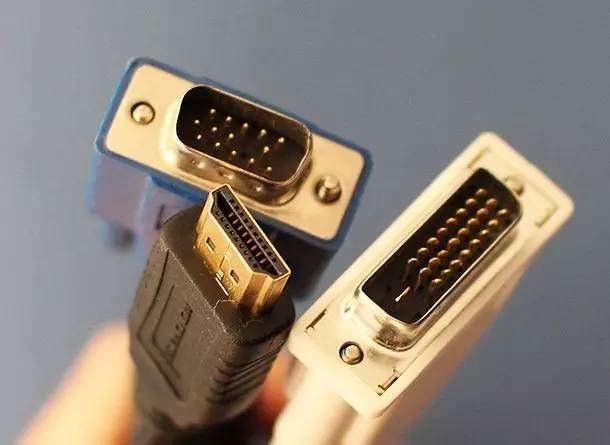
Xian HeGuangdong Xianhe Technology Group Co., Ltd
-
Hot search:SEMI package cleaning machine

Xian HeGuangdong Xianhe Technology Group Co., Ltd
In the world of digital displays, clarity and precision are paramount, especially for professionals who rely on high-definition (HD) output. One of the key technologies that have helped usher in the era of crystal-clear visuals is the DVI (Digital Visual Interface). Whether you're working with gaming monitors, professional graphics setups, or even home entertainment systems, the DVI interface plays a critical role in ensuring high-definition images reach your screen without compromise.
In this blog, we’ll explore the features of the DVI interface and why it’s essential for HD displays, particularly in environments that demand both reliability and quality.

The DVI (Digital Visual Interface) is a video display interface developed to transmit uncompressed digital video signals between a source (like a computer) and a display (such as a monitor or projector). It was designed as a bridge between older analog standards, like VGA, and newer digital standards, ensuring superior image quality by transmitting purely digital signals.
Unlike traditional analog connections that can lose quality due to signal conversion, DVI maintains the integrity of the image, making it perfect for high-definition displays.
One of the most unique aspects of the DVI interface is its ability to support both analog and digital signals. This dual compatibility makes it highly versatile and allows users to connect with older VGA displays while also taking advantage of newer digital screens. There are three main types of DVI connectors:
The versatility of the DVI interface ensures that whether you’re working with older analog devices or high-definition digital displays, it remains a reliable and effective solution.
When it comes to high-definition (HD) and ultra-high-definition (UHD) displays, maintaining image quality is non-negotiable. The DVI interface is engineered to deliver crisp and accurate visuals, ensuring that every detail, color, and motion is displayed without degradation.
For gamers, graphic designers, and video professionals, the DVI interface offers significant advantages. When the accuracy of color, speed of response, and clarity of the image matter, DVI’s features make a real difference:
While newer video interfaces like HDMI and DisplayPort have become more common, DVI still holds a strong place in the market due to its unique features.
While newer technologies such as HDMI and DisplayPort have gained popularity due to their advanced features, DVI remains relevant in certain industries and applications. Its continued use in high-end gaming, graphic design, and professional AV setups speaks to its reliability and performance. The fact that DVI supports both analog and digital connections also ensures that it remains a valuable tool for connecting older equipment with modern displays.
As long as the demand for clear, high-definition visuals persists, DVI will continue to be a staple in the video interface landscape.
In a world where visual clarity and precision are crucial, the DVI interface remains an essential player in high-definition display technology. Its ability to deliver uncompressed, high-resolution video with minimal interference ensures that images are sharp, colors are vibrant, and performance is top-notch. Whether you're a gamer, a designer, or someone who just appreciates high-quality visuals, DVI continues to offer a reliable and versatile solution for connecting your digital world.
With its unique support for both analog and digital signals, and its proven track record in delivering high-definition content, the DVI interface stands as a testament to engineering excellence in video display technology.


SweepWechat

SweepPersonal wechat